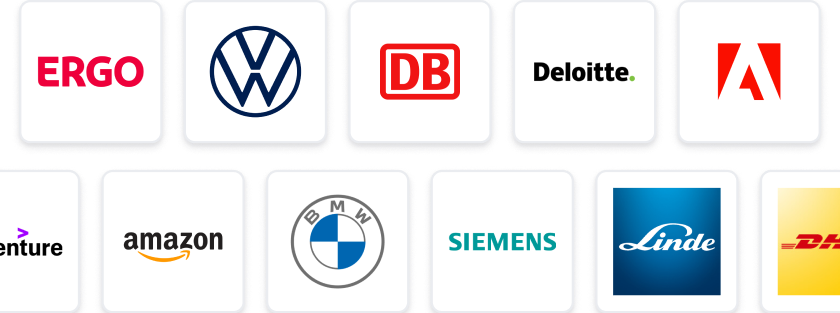At a Glance
- Tasks: Design and develop data solutions using Snowflake and AWS services.
- Company: Join a dynamic tech company leading in data architecture and migration.
- Benefits: Enjoy a fully onsite role with opportunities for professional growth.
- Why this job: Be part of innovative projects that shape the future of data management.
- Qualifications: Experience in data architecture, Snowflake, and AWS is essential.
- Other info: This is an Inside IR35 contract position based in Basildon or Dublin.
The predicted salary is between 60000 - 84000 £ per year.
The Role: Snowflake Architect
Location: Basildon, UK / Dublin, Ireland - Fully Onsite
Role type: Inside IR35 Contract Position
Mandatory Skills Required:
- Data Architecture
- Data Migration
- Data Modeling
- Snowflake Designer/Developer
- DBT (Data Build Tool)
- ETL Design
- AWS Services – including S3, ETL/EMR, Security, Lambda, etc.
- StreamSet
- Python Programming
- Leadership and Team Handling
- Strong Communication and Collaboration Skills
AWS Snowflake Architect employer: Infoplus Technologies UK Limited
Contact Detail:
Infoplus Technologies UK Limited Recruiting Team
StudySmarter Expert Advice 🤫
We think this is how you could land AWS Snowflake Architect
✨Tip Number 1
Network with professionals in the data architecture and cloud computing fields. Attend local meetups or online webinars focused on AWS and Snowflake to connect with potential colleagues and learn about industry trends.
✨Tip Number 2
Showcase your expertise in AWS services and Snowflake by contributing to open-source projects or writing articles. This not only enhances your skills but also demonstrates your commitment and knowledge to potential employers.
✨Tip Number 3
Prepare for technical interviews by practising common data architecture scenarios and Snowflake-specific challenges. Familiarise yourself with case studies that highlight your problem-solving abilities in real-world applications.
✨Tip Number 4
Leverage LinkedIn to follow companies and groups related to AWS and Snowflake. Engage with their content and participate in discussions to increase your visibility and demonstrate your passion for the field.
We think you need these skills to ace AWS Snowflake Architect
Some tips for your application 🫡
Tailor Your CV: Make sure your CV highlights your experience with data architecture, migration, and modelling. Include specific projects where you've used Snowflake, DBT, and AWS services like S3 and Lambda.
Craft a Compelling Cover Letter: In your cover letter, emphasise your leadership skills and ability to collaborate effectively. Mention how your background aligns with the requirements of the Snowflake Architect role and why you're excited about the opportunity.
Showcase Relevant Projects: If you have worked on relevant projects, describe them in your application. Highlight your role, the technologies used (like Python and ETL design), and the outcomes achieved to demonstrate your expertise.
Proofread Your Application: Before submitting, carefully proofread your application for any spelling or grammatical errors. A polished application reflects your attention to detail, which is crucial for a technical role like this.
How to prepare for a job interview at Infoplus Technologies UK Limited
✨Showcase Your Technical Skills
Make sure to highlight your experience with AWS services, Snowflake, and data architecture during the interview. Be prepared to discuss specific projects where you've successfully implemented these technologies.
✨Demonstrate Leadership Abilities
Since the role requires leadership and team handling, share examples of how you've led teams or projects in the past. Discuss your approach to collaboration and how you motivate others.
✨Prepare for Scenario-Based Questions
Expect questions that assess your problem-solving skills in real-world scenarios. Think about challenges you've faced in data migration or ETL design and how you overcame them.
✨Communicate Clearly and Effectively
Strong communication is key for this role. Practice articulating your thoughts clearly and concisely, especially when explaining complex technical concepts to non-technical stakeholders.
